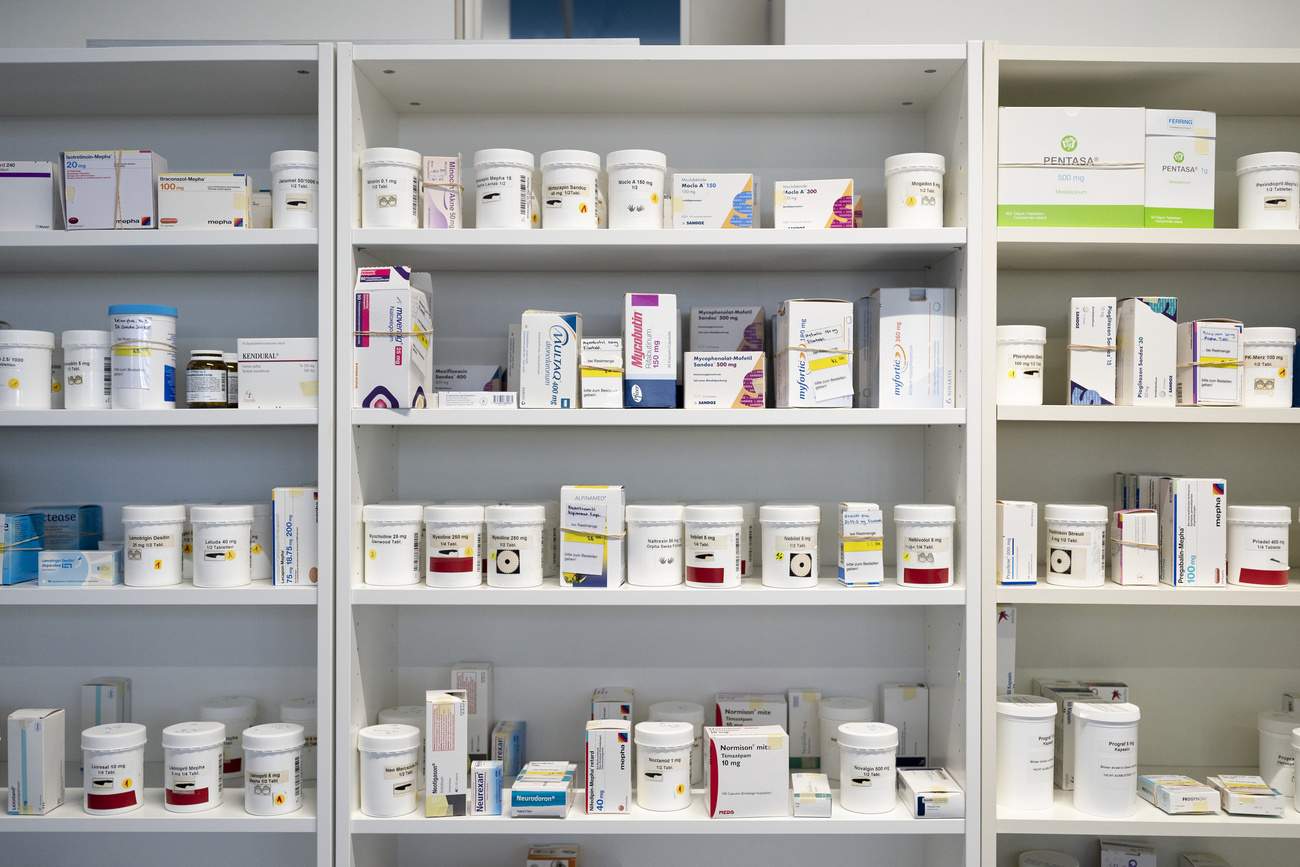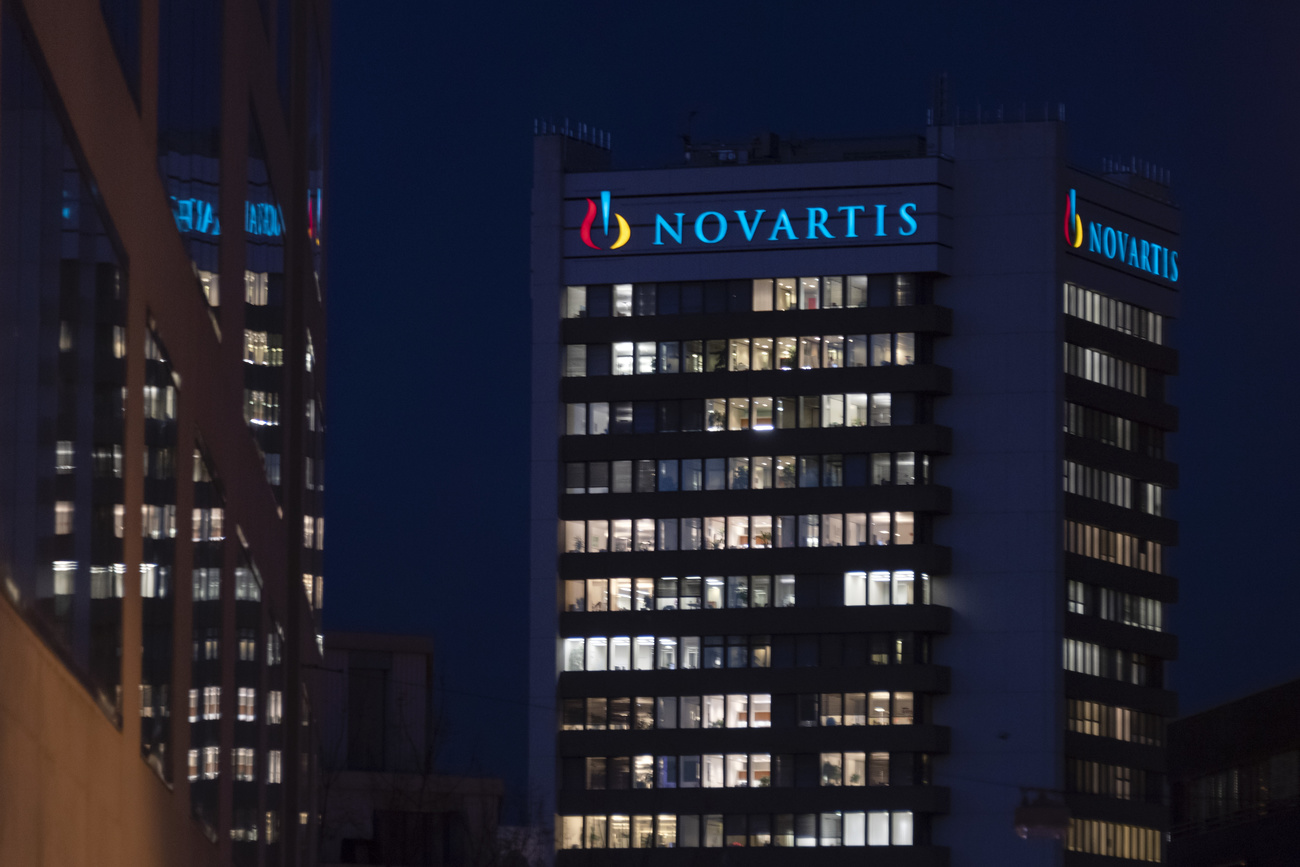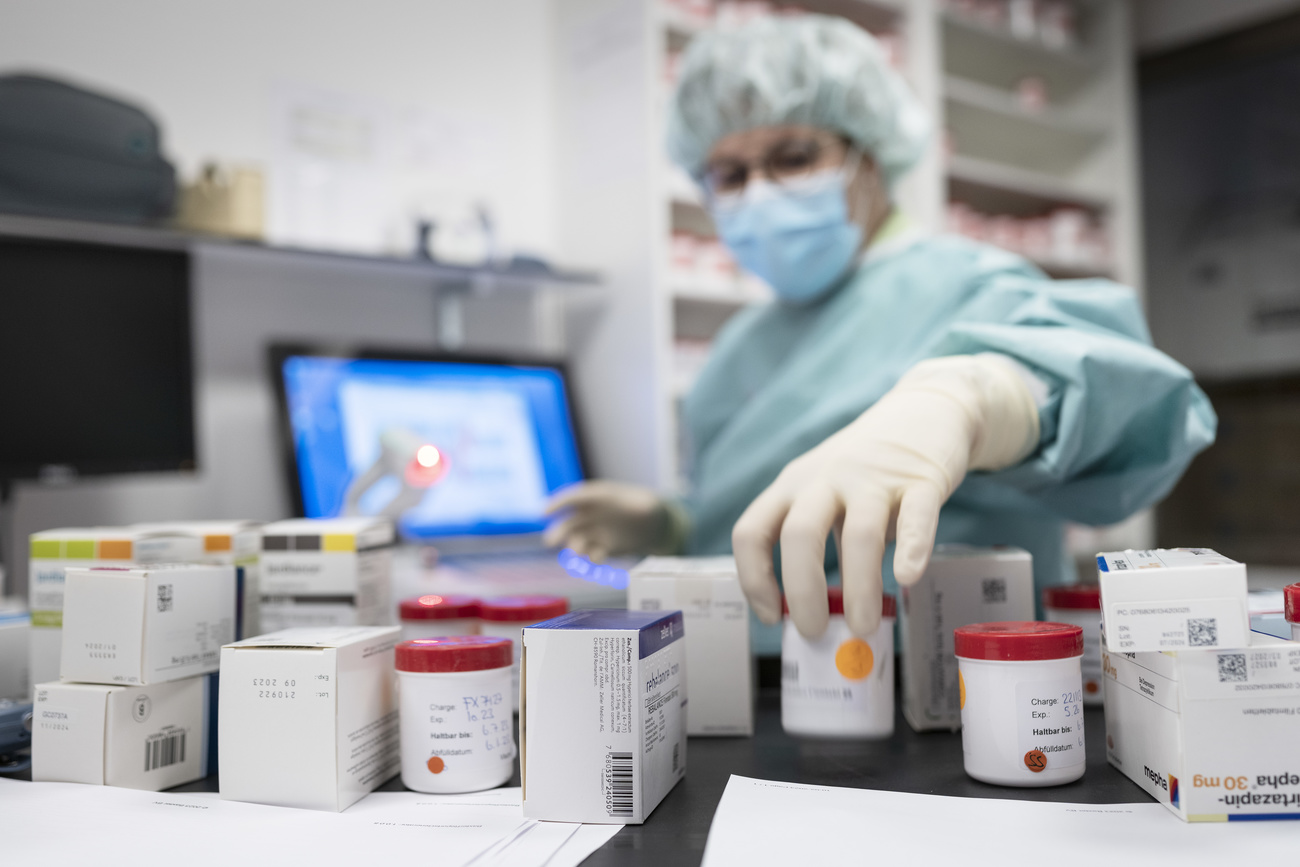After spin-off Sandoz sets out to make cheap medicine profitable

Sandoz, now a spin-off of Novartis, has become one of the largest generic companies in the world at a time of intense pressure to make medicine more affordable for patients.
Sandoz has become the latest division to break away from the Swiss pharmaceutical giant Novartis. On Wednesday, Sandoz began trading on the SIX Swiss exchange, becoming one of the largest stand-alone generic companies in the world.
“Today marks the dawn of a new era for Sandoz as an independent company, but our Purpose is unchanged: pioneering access for patients,” Sandoz chairman Gilbert Ghostine said in a press release.
The spin-off, which was first announced last August, should be good for Novartis’ bottom line. It allows them to focus on so-called innovative medicine – patented medicine in disease areas like oncology and with technologies like gene therapy that could dramatically improve health outcomes and offer big payouts to the company.

More
What’s behind the Novartis job cuts?
But Sandoz becomes an independent company at a time of extreme pressure on generic makers. There are more demands from governments to lower drug prices and make medicine affordable all while fending off growing competition, especially from Asia.
Until Wednesday, Sandoz had the financial cushion of being part of the massive Novartis structure. Sandoz division global sales were $9.2 billion (CHF8.4 billion) in 2022 compared to $41.3 billion from the innovative medicine division of Novartis.
Sandoz began in 1886 as a small chemical company focused on dye production that operated under the name Kern & Sandoz in Basel. The company moved into pharmaceuticals, launching the first oral penicillin in 1951.
The company combined with Ciba-Geigy in 1996 to create Novartis. The Sandoz brand name was then only used for over-the-counter medicine. But in 2003, Novartis reactived the Sandoz brand as a generics business unit. In 2006, the unit achieved a milestone with the introduction of the first biosimilarExternal link.
In 2022, Novartis announced a restructuring to focus on innovative medicines – patented medicine that uses a new active substance or mechanism. As part of this restructuring, the company decided to sell off Sandoz.
As a standalone company, Sandoz has to show that bringing inexpensive medicine to the masses can be profitable. By 2028, the company aims to increase adjusted core profit margins to 24-26% from the expected 18-19% this year.
“The challenge for Sandoz is that the world of genetics is hard,” said Mike Rea, CEO of the UK-based boutique pharma consulting firm IDEA Pharma. “There’s no doubt the world is ready for generics but competing in that world is tough.”
Survival of the fittest
When patents expire, manufacturers of generics, which are copies of chemically synthesised drugs, and biosimilars, which are copies of drugs made from a biological source, can enter the market and develop these medicines at a lower cost, introducing competition, increasing supply and bringing down prices.
Switzerland has higher generic prices on average than the rest of Europe, but even then, prices for some older treatments have dropped considerably over the last decade. One example is Ibuprofen, which first came on the market in the 1960s, and remains one of the most widely used pain relievers. The ex-factory price (price paid to manufacturers) for one generic 600 mg capsule (based on a 100 pack) was CHF0.33 in 2003. That same capsule, twenty years and four price revisions later, is CHF0.09.
As prices for generics are regulated in some countries like in Switzerland, companies aren’t able to adjust prices easily in the face of inflation and higher energy costs.
The price pressure has led some companies to discontinue products altogether and outsource more production to lower cost areas. In both the US and Europe, the majority of generic drugs are now supplied by just one or two companiesExternal link. Industry-backed alliance Medicines for Europe foundExternal link that on average 26% of generic medicines have disappeared from European markets in the last decade.
In May, one of the biggest generic makers, Israel-based Teva Pharmaceuticals, said it was cutting backExternal link on production of older generics. The Teva CEO said it was trimming “diluted or even loss-making” areas of Teva’s portfolio and replacing them with offerings that drive margin.

More
Why Switzerland is running out of pharmaceuticals
These changes have contributed to severe drug shortages in many markets. The Swiss Federal Office for National Economic Supply reported in early March that around 140 essential medicines faced delivery delays, were out of stock indefinitely or completely pulled from the market, compared to 48 in 2017.
On September 12, the US government reportedExternal link a shortage of 15 cancer drugs due to manufacturing and supply chain issues. Three of these drugs—cisplatin, carboplatin, and methotrexate—are widely used generic drugs and have been staples of cancer treatment for decades.
“The race to the bottom isn’t always good,” said Wilbert Bannenberg, an access to medicine specialist who founded the Pharmaceutical Accountability Foundation in the Netherlands. “We don’t just have problems with access to new medicine because they are too expensive, but we are also losing products because it’s not interesting anymore for companies to produce them.”
Shift to margins
In addition to offloading unprofitable medicine, companies are investing more in specialty areas and drugs that offer higher profit margins.
Sandoz is focusing on biosimilars, which currently account for a fifth of sales, as many biological drugs go off patent. These are more expensive than generics in part because they are more complicated and costly to develop. The company plans to launch at least five biosimilars in the next 18 months and has some 25 in the pipeline.
Another generic maker, US-based Viatris, announcedExternal link on October 2 that it planned to shed its over-the-counter, women’s healthcare and active pharmaceutical ingredient businesses, which had seen profits erode, and instead focus on its eye care business.
These moves have some observers worried that if profits drive too many decisions, there could be dire consequences for patients.
“Generic and biosimilar companies are still responsible for 80-90% of drugs used around the globe,” said Marijn Verhoef, who heads operations and research at the Access to Medicine Foundation, which has a frameworkExternal link for assessing generic companies. “It’s important to keep emphasising with the companies, but also with procurement organisations, that if we move to a situation where these companies only focus on more profitable products, we’re losing cornerstones of medicine, not just antibiotics and antifungals, but also cancer treatments.”
Balancing act
Sandoz CEO Richard Saynor has dismissed concerns that it will come under pressure to compromise on access to medicine. Giving people better access to medicine is not a contradiction for investors, Saynor told the German-language paper Tages-Anzeiger. “The more patients we reach, the more revenue we ultimately gain.”
But there remain competing views on how to expand reach. In Switzerland, generics and biosimilars only have a market share of around 25%, compared to around 70% in Europe and 90% in the US. The Swiss government recently announced plans to encourage more use of generics and biosimilars. This includes reducing prices to make off-patent medicine more attractive.
The generics industry in Europe wants to move away from a focus on prices towards new pricing modelsExternal link that take into account the number of competitors and rising costs.
More

In compliance with the JTI standards
More: SWI swissinfo.ch certified by the Journalism Trust Initiative











You can find an overview of ongoing debates with our journalists here . Please join us!
If you want to start a conversation about a topic raised in this article or want to report factual errors, email us at english@swissinfo.ch.